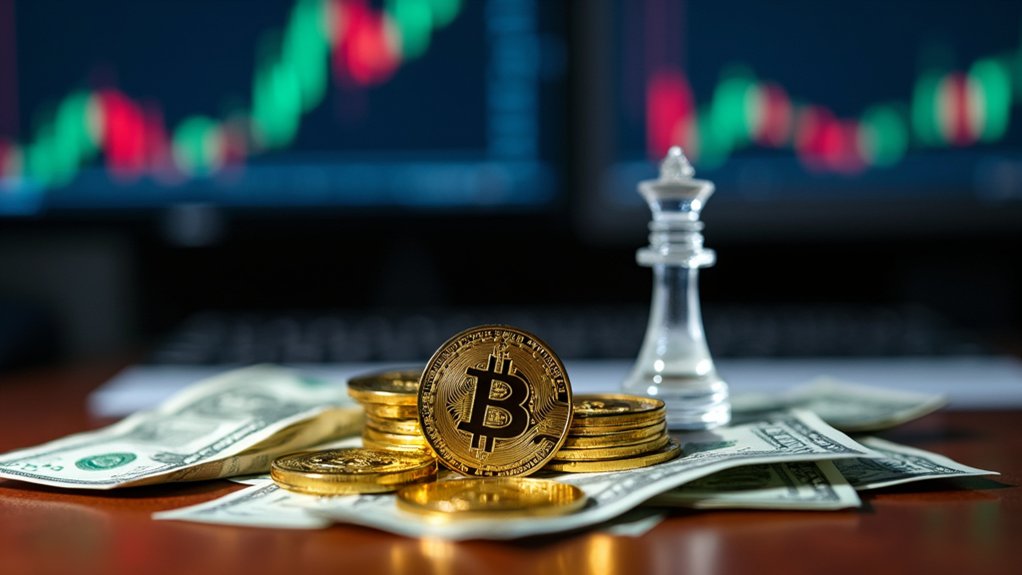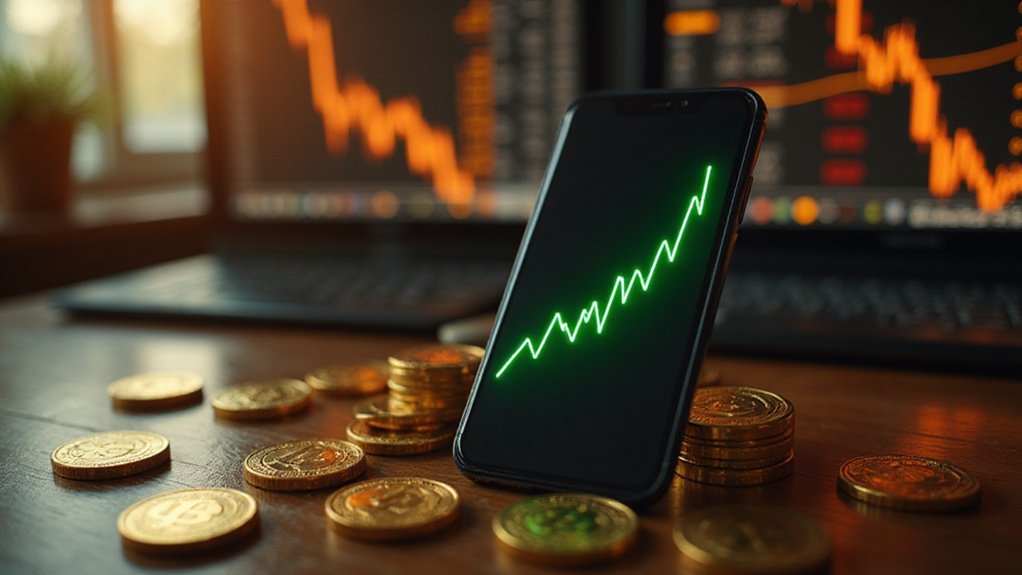Evangelism, it seems, has found its most fervent practitioner in the domain of digital assets, where MicroStrategy’s Michael Saylor has elevated Bitcoin from mere cryptocurrency to what he boldly proclaims as “perfected capital”—a designation that would have bemused Adam Smith and likely sent John Maynard Keynes reaching for his smelling salts.
Speaking in Las Vegas (where else would one declare financial revolution?), Saylor articulated his thesis that Bitcoin represents the culmination of humanity’s quest for ideal capital storage.
His argument rests on Bitcoin’s unique triumvirate of properties: a mathematically fixed supply cap of 21 million coins, decentralized architecture requiring no central authority, and programmable immutability that renders manipulation theoretically impossible.
Bitcoin’s trinity of fixed scarcity, decentralized governance, and immutable programming allegedly renders it immune to the manipulations that plague traditional capital.
The corporate world appears increasingly receptive to this digital sermon.
Since 2020, companies have begun treating Bitcoin not as speculative plaything but as legitimate treasury asset, with MicroStrategy itself serving as the most conspicuous convert.
This shift reflects broader anxieties about currency debasement and inflation—concerns that Bitcoin’s deflationary design purportedly addresses through algorithmic scarcity. Bitcoin’s circulating supply of approximately 19.8 million tokens represents the amount actively available for trading in the market, excluding those permanently lost or held in dormant wallets.
Saylor’s vision extends beyond mere asset allocation into existential reimagining of capitalism itself.
He positions Bitcoin as the “universal, perpetual capital asset” and describes it as a profitable merger partner for every corporation—language that transforms monetary policy into corporate strategy. Saylor emphasized that Bitcoin outpaces traditional assets like real estate and collectibles in appreciation, representing what he calls the fastest appreciating asset in human history.
The regulatory landscape, while still evolving, increasingly accommodates this perspective, with spot ETFs and institutional investment vehicles legitimizing Bitcoin’s presence in traditional portfolios. Saylor emphasized that regulatory clarity remains crucial for broader institutional adoption of Bitcoin as a capital asset.
The technical foundations supporting Saylor’s claims merit consideration: Bitcoin’s open-source protocol enables global verification, its transactions achieve irreversible finality, and its censorship-resistant nature provides unprecedented autonomy from governmental interference.
These characteristics, he argue, constitute the first truly digital manifestation of perfected capital.
Whether Bitcoin ultimately fulfills Saylor’s prophetic vision remains an open question, though corporate balance sheets increasingly suggest institutional confidence in his thesis.
The movement toward digital capital represents either the natural evolution of monetary systems or the most elaborate financial experiment in human history—perhaps both simultaneously.
Saylor’s Las Vegas proclamation simply made explicit what corporate treasurers have been quietly acknowledging: the digital transformation of capital itself has already begun.









